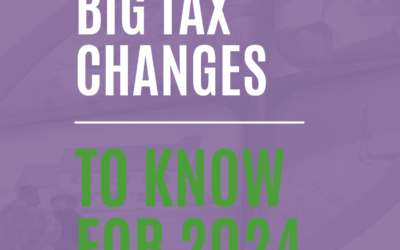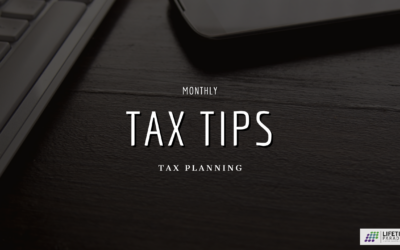Tax Planning
14 Tax Reduction Strategies for the Self-Employed
In June’s Monthly Tax Newsletter, there was a checklist with 14 tax planning ideas for the self-employed. The ideas expressed were simply one-lines.
Below you will find related articles with the nuts and bolts of implementing those tax planning strategies.
Strategy
Article
Eliminate the word “friend” from your vocabulary. From now on, these people are sources of business, so start talking business and asking for referrals over meals and beverages.
Hire your children. This creates tax deductions for you, and it creates non-taxable or very-low-taxed income for the children. Also, wages paid by parents to children are exempt from payroll taxes.
Learn how to combine business and personal trips so that the personal side of your trip becomes part of your business deduction under the travel rules (for example, traveling by cruise ship to a convention on St. Thomas).
Properly classify business expansion expenses as immediate tax deductions rather than depreciable, amortizable, or (ouch!) nondeductible capital costs.
Properly identify deductible start-up expenses ($5,000 up front and the balance amortized) rather than letting them fall by the wayside (a common oversight).
Correctly classify business meals that qualify for the 100 percent deduction rather than the 50 percent deduction.
Know the entertainment facility rules so your vacation home can become a tax deduction.
Identify the vehicle deduction method that gives you the best deductions (choosing between the IRS mileage method and the actual expense method).
Correctly identify your maximum business miles, so you deduct the largest possible percentage of your vehicles.
Qualify your office in your home as an administrative office.
Use allocation methods that make your home-office deductions larger.
If you are married with no employees, hire your spouse and install a Section 105 medical plan to move your medical deductions to Schedule C for maximum benefits.
Operate as a one-person S corporation to save self-employment taxes.
If you are single with no employees, operate as a C corporation and install a Section 105 medical plan so you can deduct all your medical expenses.
Takeaways
As a business owner, you are in the tax reduction driver’s seat. This is true regardless of how you operate your business (proprietorship, partnership, S corporation, or C corporation).
The tax planning strategies in the chart above apply to you if you operate your business as a proprietorship. Of course, there are dozens and dozens more strategies in addition to those you can find in the chart, but the purpose here is to give you some select strategies without overwhelming you.
You should return to this chart periodically, because it’s easy to forget strategies that are possible but that you have not yet implemented. By returning to the chart, you will keep the strategies in your sights.


SERVICES WE OFFER RELATED TO THIS TOPIC
The information contained in this post is for general use and educational purposes only. However, we do offer specific services to our clients to help them implement the strategies mentioned above. For specific information and to determine if these services may be a good fit for you, please select any of the services listed below.
The 4x4 Financial Independence Plan ˢᵐ
The Smart Tax Planning System for Business Owners ˢᵐ
The Smart Tax Minimizer (For Consumer and Home-Based Businesses) ˢᵐ
For more information on tax planning, visit our Tax Planning page to see our list of services and related newsletters.
Your Co-Owned Business Probably Needs a Buy-Sell Agreement
Tax PlanningBradford Tax InstituteSay you’re a co-owner of an existing business. Or you might be buying an existing...
Big Tax Changes to Know for 2024
Financial Guides2024 has brought some big tax changes with it. It’s essential to stay informed about these...
The Smart Tax Planning Newsletter March 2024
Tax PlanningIn This Issue: IRAs for Young Adults Get Up to $32,220 in Sick and Family Leave Tax Credits New Crypto Tax...





